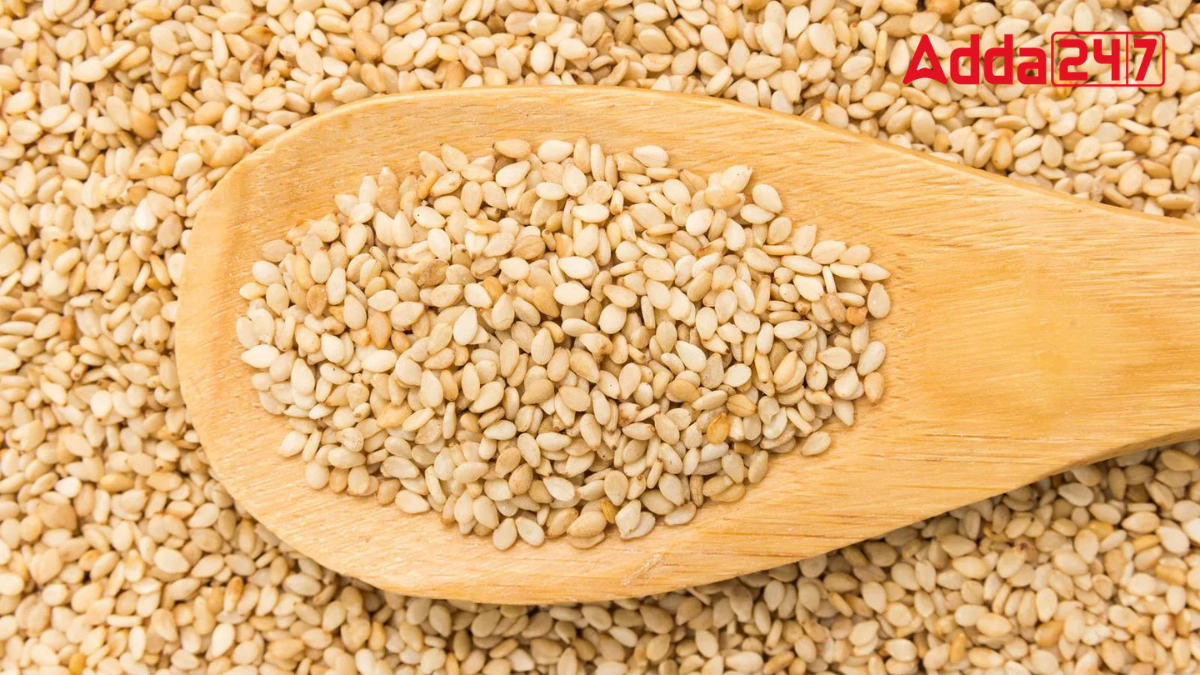Sesame, an ancient and versatile oilseed crop, holds a significant place in global agriculture and culinary traditions. Used for its oil-rich seeds and its flavor-enhancing properties, sesame is cultivated across various continents. Here’s a look at the top 10 sesame-producing countries that dominate the global market.
Worldwide Sesame Seeds Production
In 2020, global production of sesame seeds reached 7 million tonnes, with Sudan, Myanmar, and Tanzania leading the production table. These countries predominantly produce white and lighter-colored sesame seeds, which are widely consumed in Europe, the Americas, West Asia, and the Indian subcontinent.
Largest Sesame Seeds Producing Country in the World
Myanmar emerges as the largest sesame-producing country, with a production of 744,498 metric tons in 2019. Despite a slight annual decline of 1.5% since 2014, Myanmar maintains its leading position due to its robust agricultural practices and favorable growing conditions for sesame cultivation.
Top-10 Sesame Producing Countries in the World
Myanmar with an annual production of 744,498 metric tonnes, stands as the largest sesame producing country in the world, followed by India, Tanzania and Nigeria.
Here is the list of top-10 sesame producing countries in the world:
| Top-10 Sesame Producing Countries in the World | ||
| Rank | Country | Production (in metric tonnes) |
| 1. | Myanmar | 744,498 |
| 2. | India | 689,310 |
| 3. | Tanzania | 680,000 |
| 4. | Nigeria | 480,000 |
| 5. | China | 469,104 |
| 6. | Burkina Faso | 374,703 |
| 7. | Ethiopia | 262,654 |
| 8. | South Sudan | 208,109 |
| 9. | Chad | 170,000 |
| 10. | Uganda | 144,000 |




 Which Country is Known as the Land of Ch...
Which Country is Known as the Land of Ch...
 Which Bird is known as the King of Birds...
Which Bird is known as the King of Birds...
 Which City of Austria is Known as the Ci...
Which City of Austria is Known as the Ci...







